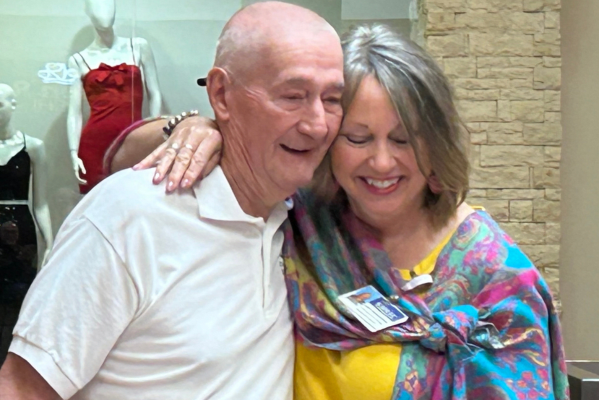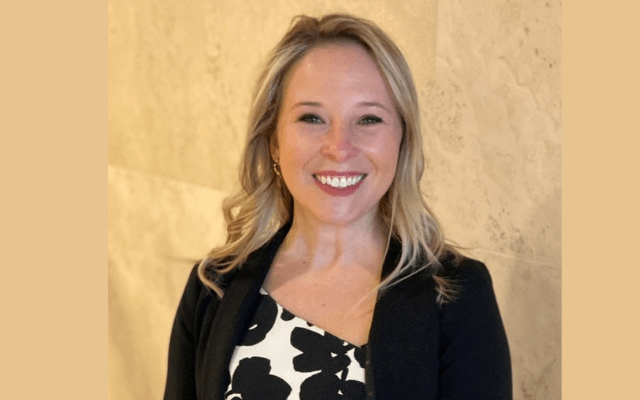Kadlec provides orthopedic expertise to preservation of mammoth bones

Kadlec Regional Medical Center is well known for its healthcare. Lesser known is the role it has played over the years in the excavation of 17,450-year-old mammoth bones.
“Before we could flip it, we needed a custom support to cradle the bone,” said MCBONES volunteer Neil Mara. “One of our volunteers thought we could use the same material the hospital uses to make casts for broken limbs.”
None of them had used casting material before, so they called Kadlec. Kadlec Clinic Northwest Orthopedics and Sports Medicine sent Michelle Stigum, Ara Wilson and Clarissa Carrizales to help.
They discussed ideas to brace the bone and materials that might work, said Stigum, clinical operations manager. Some casting materials produce heat, and moisture also is a concern. The Kadlec team used plastic wrap to protect the bone from moisture, then applied over the top of the plastic wrap a lightweight fiberglass casting material to provide support to the bone.
“The bone at one level was very thin, and that was really challenging,” said Carrizales, a medical assistant. “It was stationary, so we couldn’t lift it. We did our best to try to mold the fiberglass around it but could not put much pressure on it.”
This wasn’t the first time that Kadlec has been called upon for help with the mammoth, said MCBONES volunteer Mara. A few years ago, someone walking the halls of Kadlec at just the right moment might have been startled to see a mammoth leg bone on a gurney bound for Imaging. A CT scan was done of the bone, which then was used to 3-D print a plastic replica for educational use at the dig site and in local schools.
"There are a lot of bones left to find," Mara said. "This really is the coolest thing I have ever done. When people talk about what they did over the weekend, I tell them I dug up mammoth bones."

